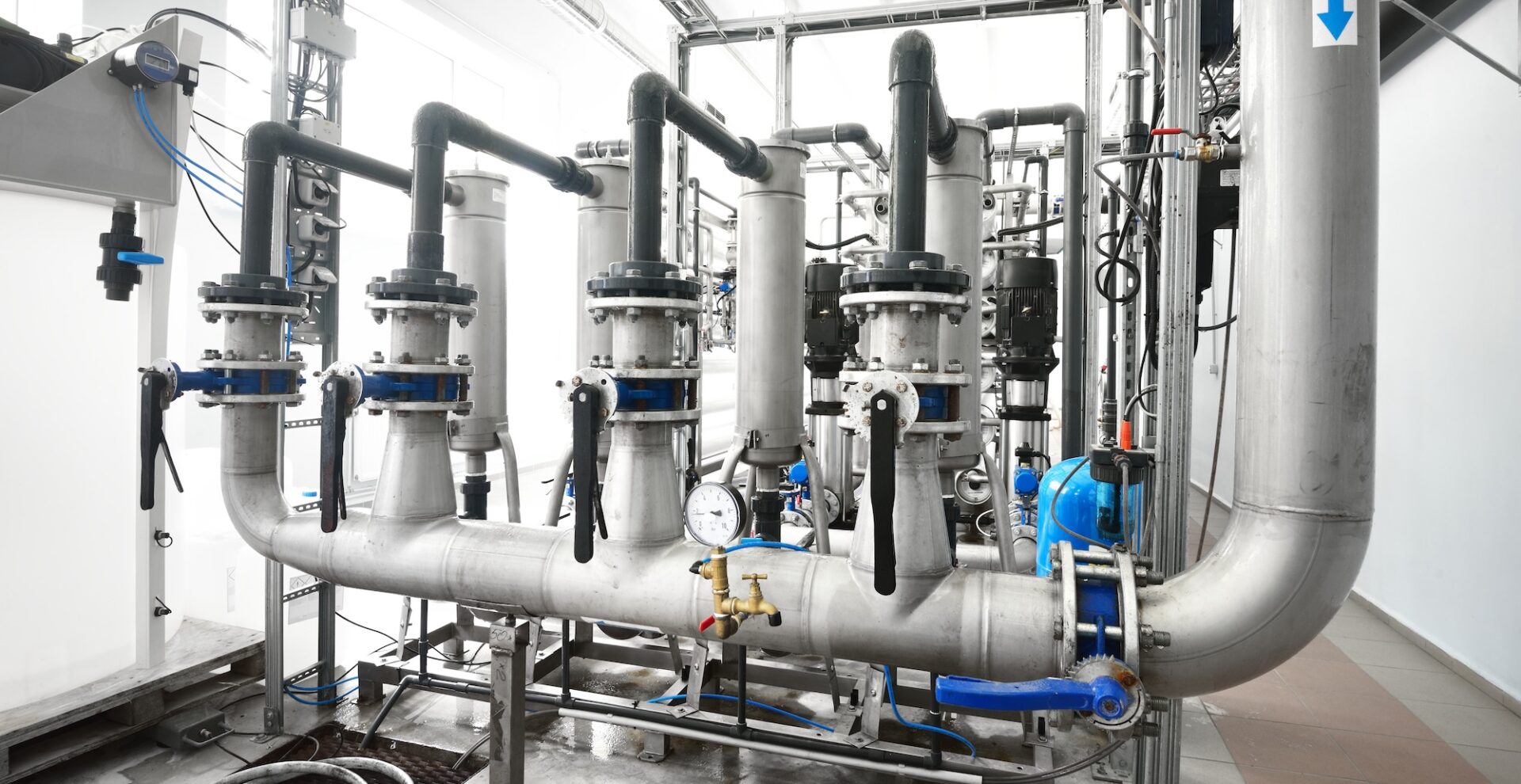Maintaining the purity of fluids is a cornerstone of reliability in industrial systems. Whether in chemical processing, oil and gas, or power generation, even the smallest trace of contamination can have cascading effects—reducing efficiency, damaging equipment, and compromising safety. As industries push for higher performance and environmental standards, advanced methods for fluid purification have become more vital than ever.
The Role of Fluid Purity in Performance
Industrial fluids serve multiple purposes: lubrication, cooling, hydraulic actuation, and chemical processing. Over time, these fluids accumulate dissolved gases, microscopic particles, and impurities that alter their viscosity, pressure characteristics, and chemical stability. When gases remain trapped within liquid systems, they can form bubbles that reduce efficiency and increase wear on pumps and valves. This process, known as outgassing, is particularly harmful in systems where precision control is required.
Purity control ensures consistent fluid behavior, extending equipment life and improving performance metrics. For example, in oil refineries and energy plants, even a slight deviation in fluid composition can affect heat exchange rates and lead to costly shutdowns.
Technological Advances in Gas Removal
Modern industry now relies on integrated systems that combine filtration, degassing, and monitoring in a single continuous cycle. These systems are designed to work autonomously, adapting to changing pressures and temperatures. Digital monitoring tools also play a major role—automatically alerting operators to contamination levels and adjusting flow dynamics accordingly.
One notable technology that addresses the issue of gas contamination is the vacuum degasser. This device efficiently removes dissolved gases from fluids by lowering the pressure within a sealed chamber, allowing gas bubbles to separate and escape. The result is a cleaner, more stable fluid that performs reliably even under high load conditions. Industries such as petrochemical processing, drilling, and water treatment have benefited significantly from its use, as it minimizes the risks associated with gas-induced cavitation and corrosion.
Sustainability and Efficiency Gains
The push for sustainability has added another dimension to fluid purification. By maintaining cleaner systems, companies can reduce chemical waste, lower maintenance demands, and extend the life of critical components. In many cases, better purification translates directly into energy savings—since systems with fewer gas pockets or impurities operate more efficiently.
Fluid management also ties closely with environmental regulations. Stricter emission standards and waste reduction policies are driving innovation in how fluids are filtered, recovered, and reused. Smart purification systems that recycle industrial fluids not only save money but also reduce the environmental impact of operations.
Implementation Across Industries
Each industrial sector faces unique challenges when it comes to fluid purity. In manufacturing, precision equipment depends on stable lubrication. In oil and gas, drilling muds must maintain consistent density and pressure. In power generation, coolant and feedwater systems must remain free of gas bubbles to prevent damage to turbines and condensers.
The integration of advanced degassing technologies, automated sensors, and data analytics enables businesses to anticipate and prevent problems before they occur. Predictive maintenance, supported by real-time purity data, has become a core strategy for reducing downtime and ensuring consistent quality output.
Looking Ahead
As the industry moves toward more connected and efficient systems, the demand for high-performance purification solutions will continue to grow. Companies that invest in smarter purification processes will benefit from reduced operational costs, enhanced safety, and compliance with future sustainability standards.
Fluid purity is no longer a background concern—it’s a central factor in industrial success. The combination of mechanical innovation, digital analytics, and sustainable practice will shape how industries manage fluids in the decades to come.




